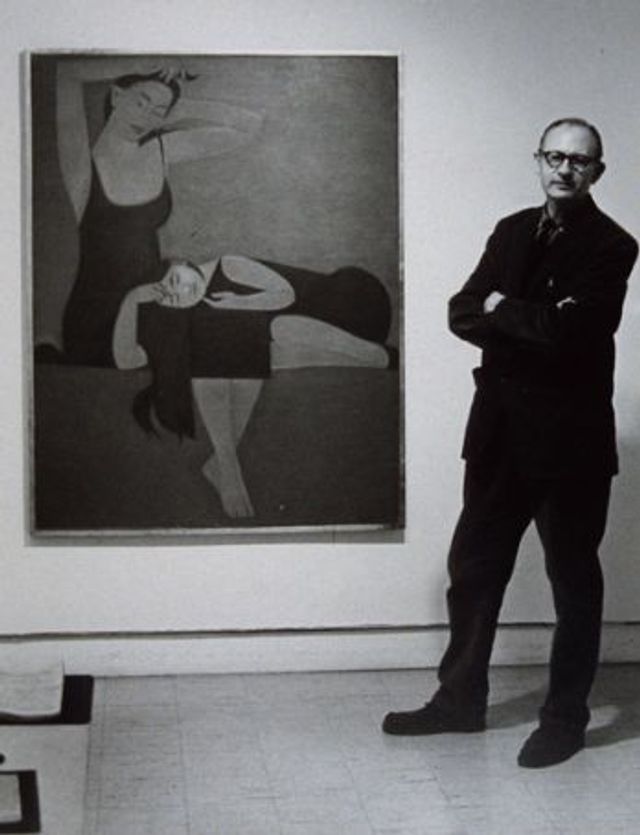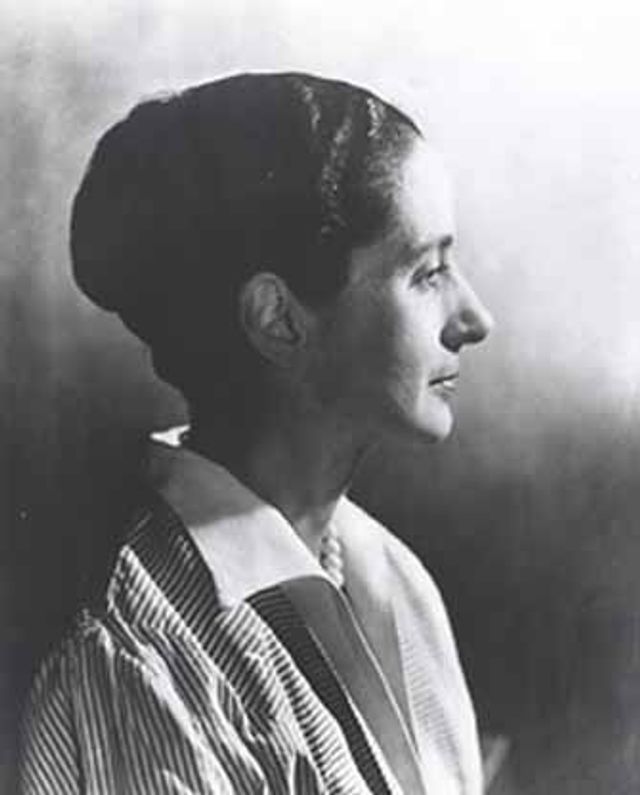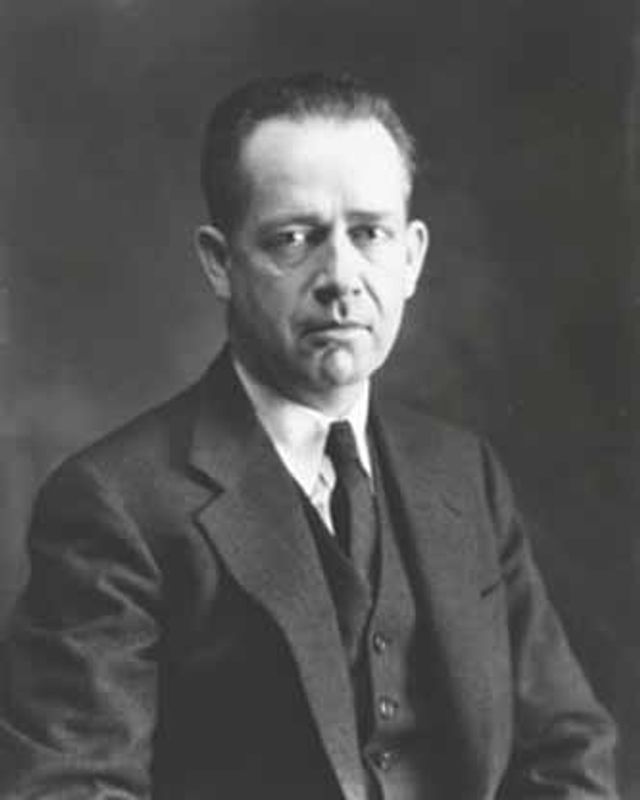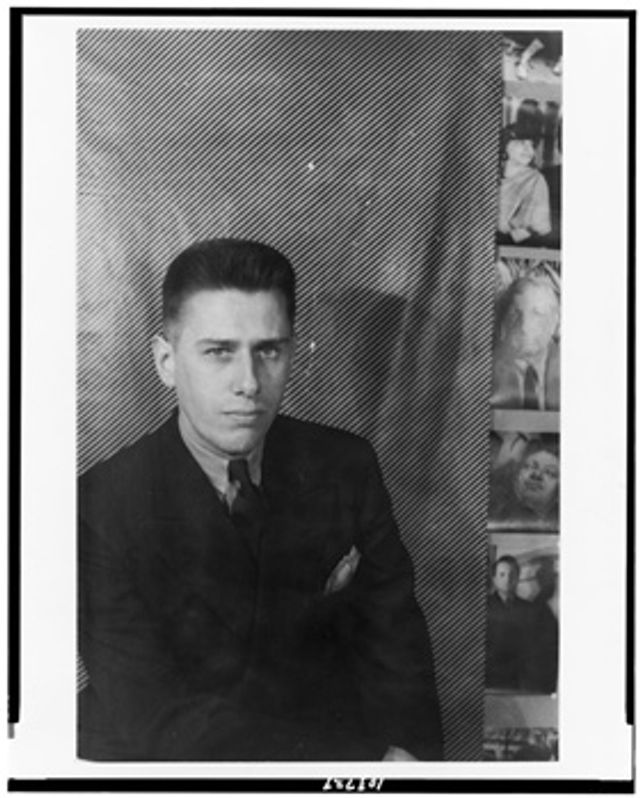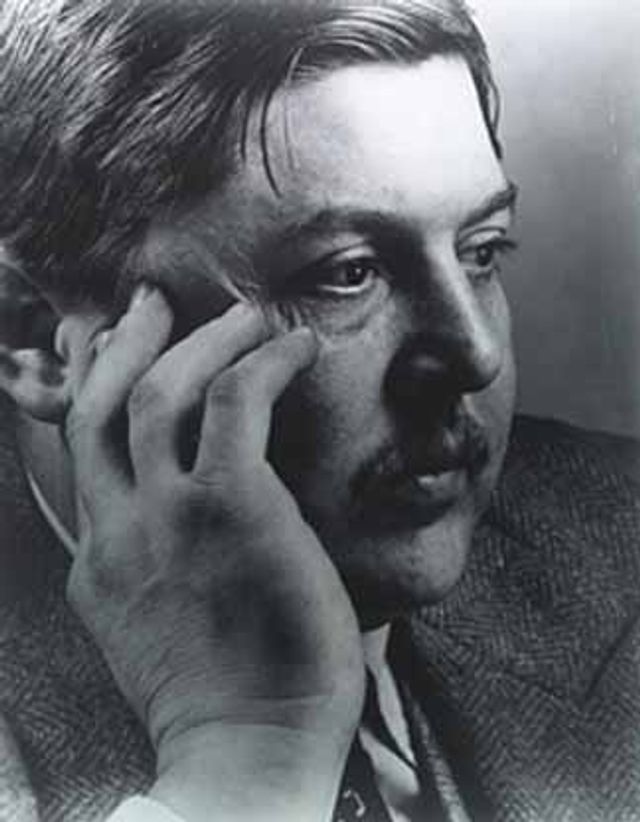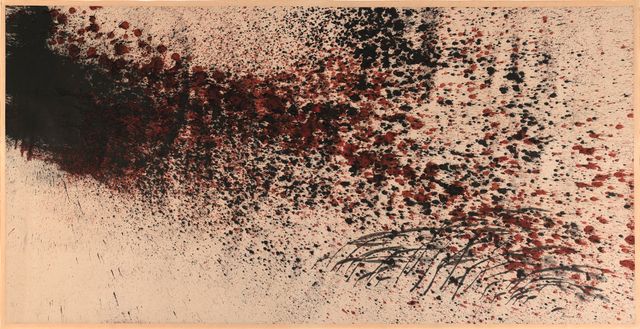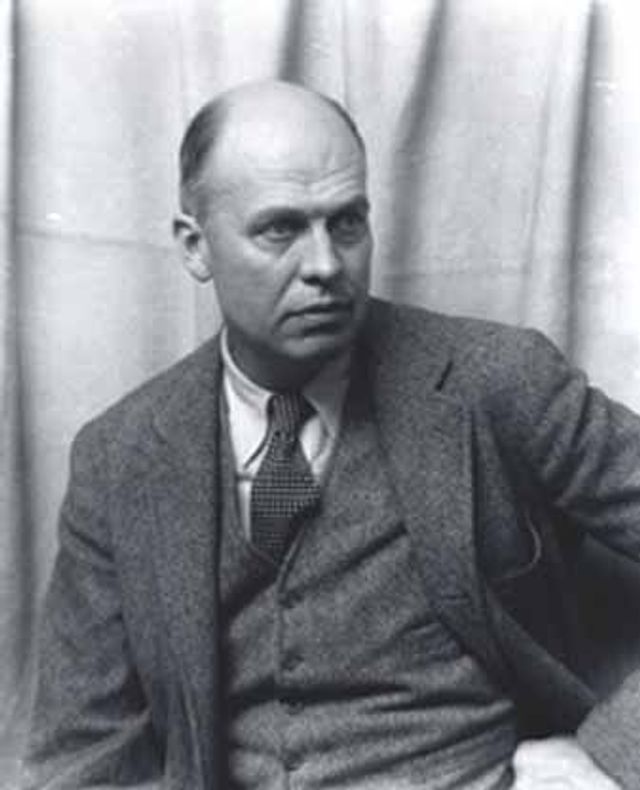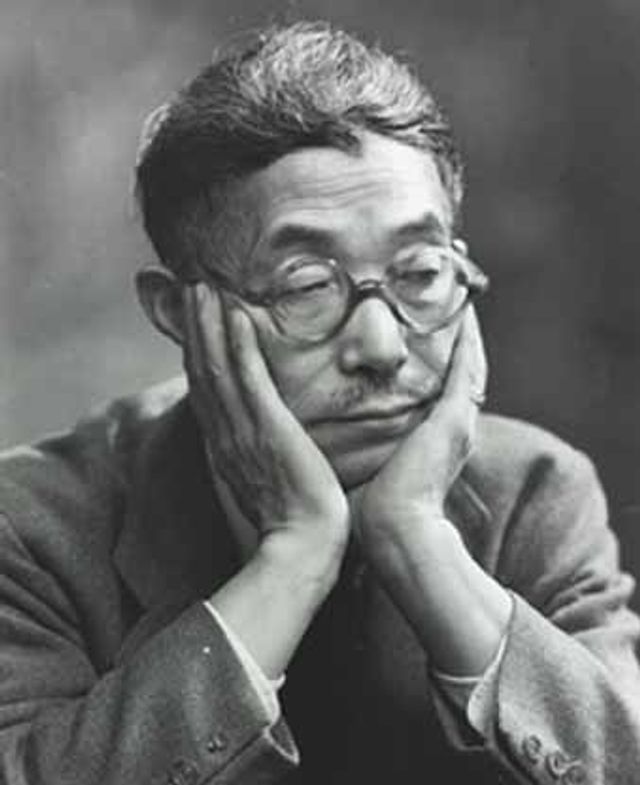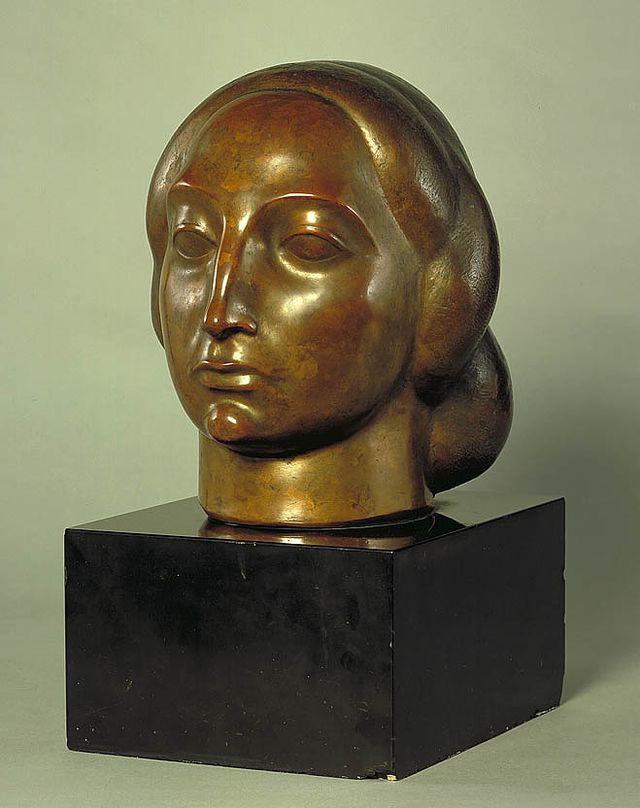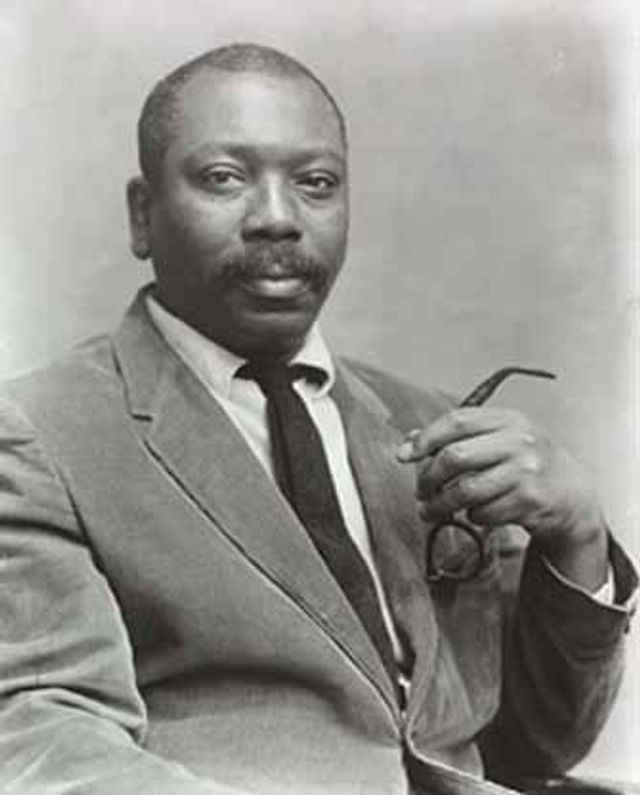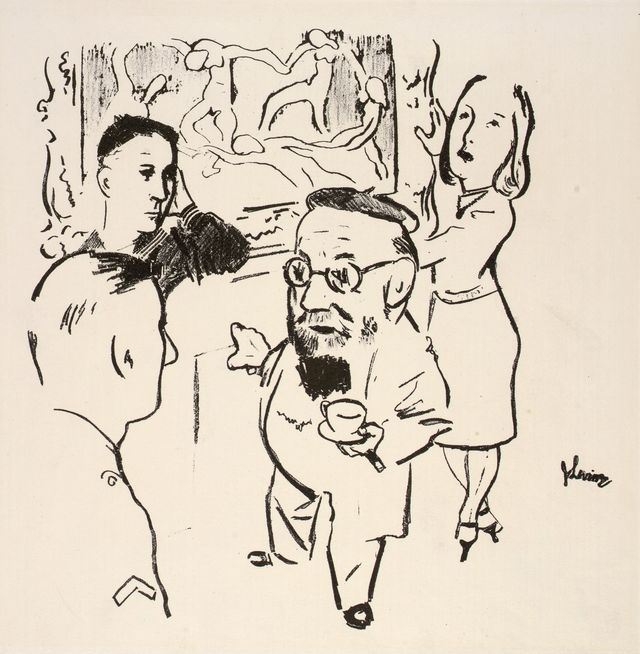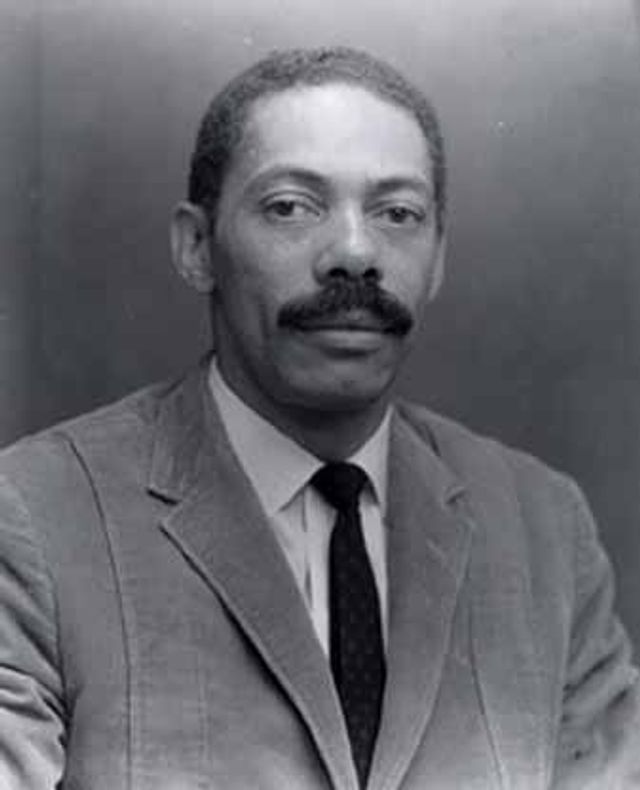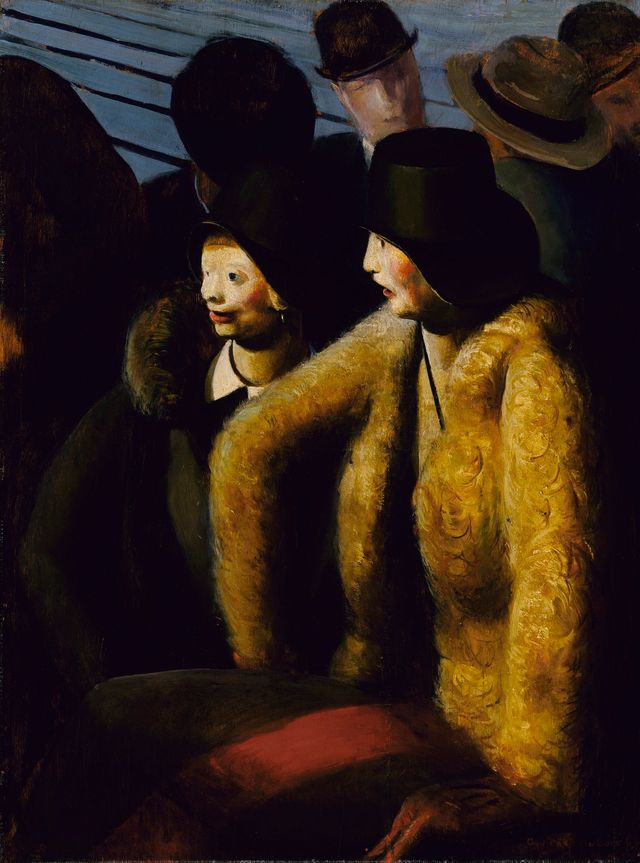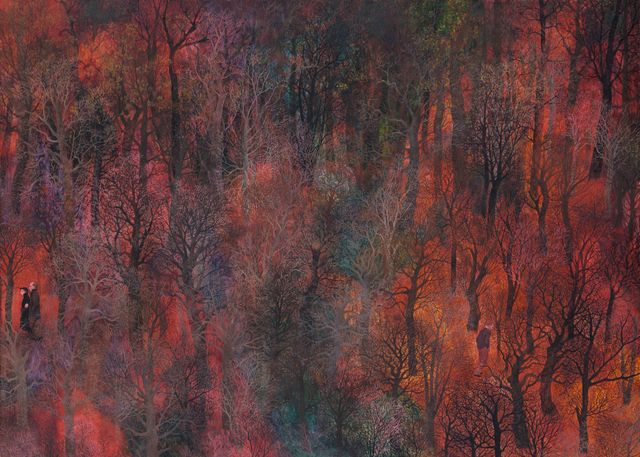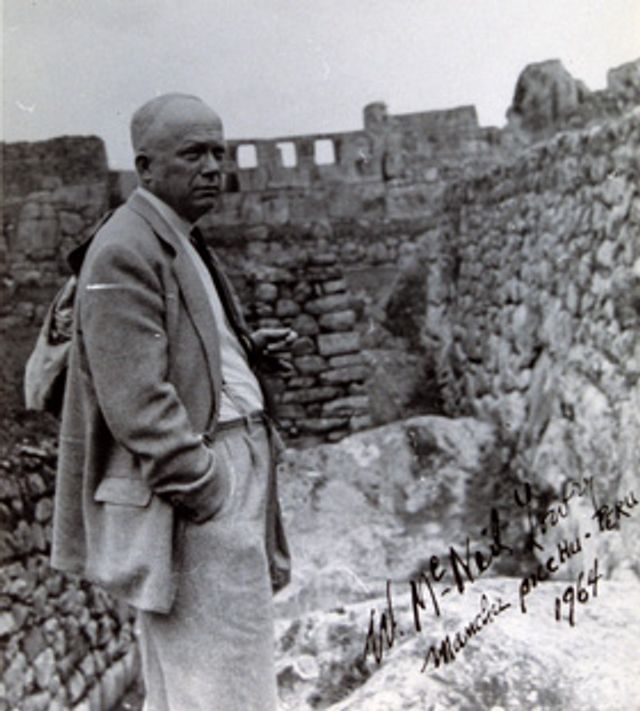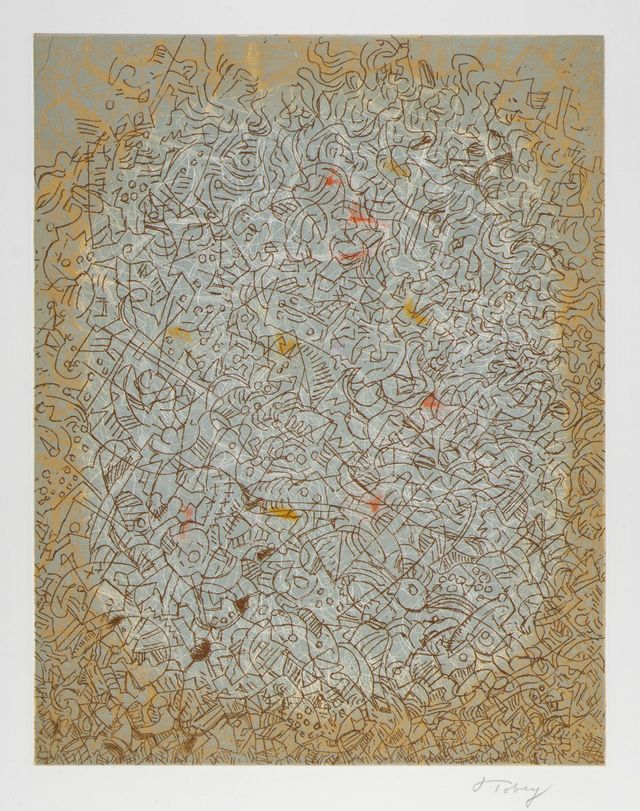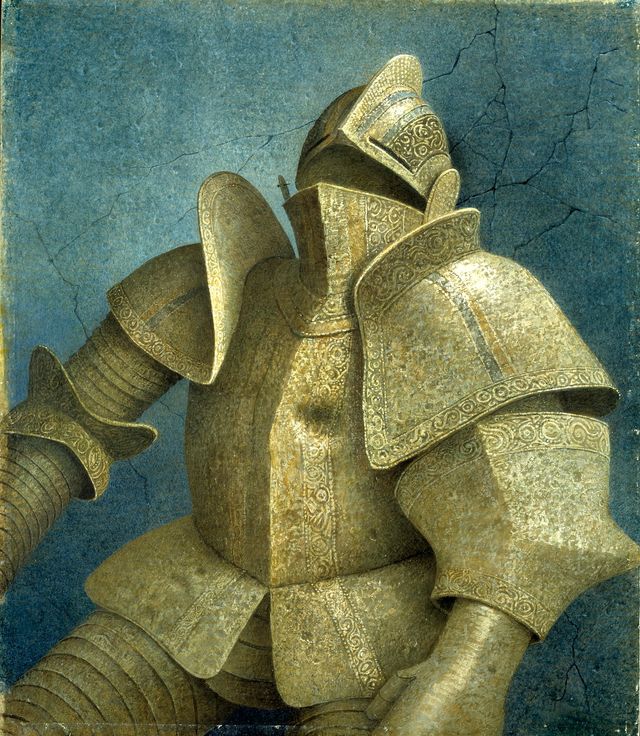Modern American Realism: Highlights from the Sara Roby Foundation Collection
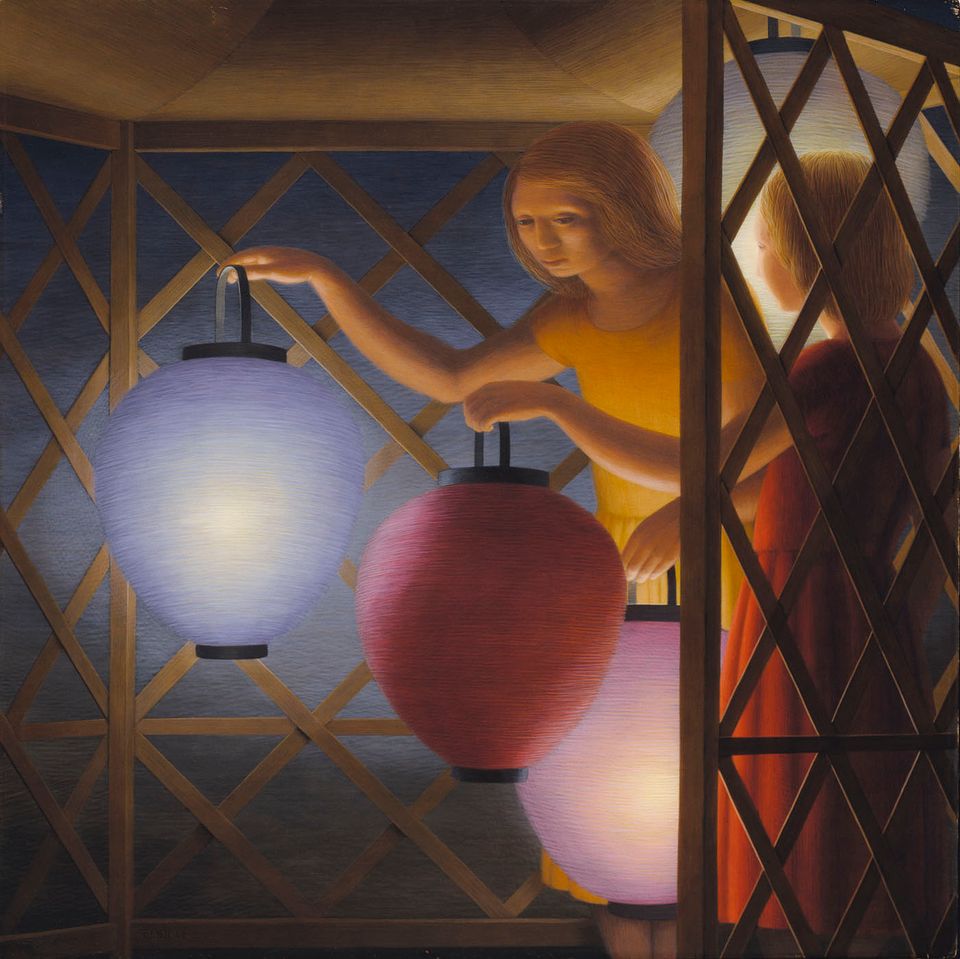
George Tooker, In the Summerhouse, 1958, egg tempera on fiberboard, Smithsonian American Art Museum
Realist painting in America captured life during the crucial mid-century years. The Depression, World War II, and the Cold War that followed prompted artists to reflect on the beauty, angst, and longing for interaction that characterized this epochal time. The exhibition features nearly forty paintings and sculpture by such noted artists as Will Barnet, Isabel Bishop, Paul Cadmus, Edward Hopper, Yasuo Kuniyoshi, Jacob Lawrence, and George Tooker, and others whose highly personal, sometimes satirical images echoed the multivalence of post-war America. American Realism at Mid Century presents some of the most treasured artworks from the Smithsonian American Art Museum’s permanent collection, all gifts from the Sara Roby Foundation.
Description
Sara Roby (1907-1986) believed that the most effective way to encourage the visual arts in the United States was to acquire the works of living artists and exhibit them to the public. The Sara Roby Foundation began collecting American art in the mid-1950s, and during the next thirty years assembled a premier group of paintings and sculpture by the country’s leading figurative artists. In 1959, an exhibition of the Foundation’s collection opened at the Whitney Museum of American Art in New York. It was the beginning of a twenty-five-year exhibition program that circulated artworks from the Foundation’s collection to museums throughout the country.
Sara Roby refused to be bound by current trends when she began collecting. She championed realism at a time when critics celebrated abstract expressionism and promoted “action painting” in works that bore little resemblance to the natural world. Roby also was unwilling to be constrained by her own collecting criteria. In addition to paintings by Edward Hopper, Paul Cadmus and their contemporaries, the Foundation purchased abstract work by artists such as Mark Tobey. Roby and her advisors recognized that modern life allowed for many kinds of realism.
Visiting Information
Tour Schedule
Credit
Modern American Realism: Highlights from the Sara Roby Foundation Collection is organized by the Smithsonian American Art Museum with generous support from the Sara Roby Foundation. The C. F. Foundation in Atlanta supports the museum’s traveling exhibition program, Treasures to Go.
Online Gallery
Artists
Painter and printmaker, teacher at the Art Students League. Barnet's images of women and domestic scenes, distinctive in their emphasis on flat painting surfaces, are meditative in tone.
Painter and printmaker. Her preferred subjects were nudes, interiors, and urban landscapes—often Union Square in New York City—inhabited by shoppers and working people.
Modernist painter who celebrated nature in his watercolors. During his life, he often drew inspiration from his environs, which included small-town Salem, Ohio, and urban Buffalo, N.Y.
Cadmus entered the school of the National Academy of Design at fifteen with the encouragement of his parents, both of whom were artists.
Painter and muralist. His experiences in the Great Depression led him to turn from biblical subjects to social criticism.
A protégé and close friend of Mark Tobey, Graves grew up in the Northwest and for many years made his home on an island in Puget Sound.
Realist painter who studied with Robert Henri and Kenneth Hayes Miller at the New York School of Art.
Painter and photographer of art. His languid women in repose from the 1930s are significant, but he also painted still lifes and landscapes.
A student at the National Academy and the Art Students League in the early 1960s, Bruce Kurland paints tiny still lifes of birds, flowers, fruit, game, and contemporary debris (Budweiser beer cans, Coca Cola bottles).
Born in Paris, came to the United States in 1906, lived in Boston, later in New York City.
Painter. A social realist, Lawrence documented the African American experience in several series devoted to Toussaint L'Ouverture, Frederick Douglass, Harriet Tubman, life in Harlem, and the civil rights movement of the 1960s.
The youngest of eight children, Jack Levine was born in south Boston of Jewish immigrant parents.
Painter. His abstract landscapes are informed by his experiences as an African American/Native American and his interest in the performing arts.
During the first years of this century, Pène du Bois worked as a monitor in Robert Henri's class at the Art Students League, but he never adopted the Ash Can subject matter favored by the Henri-circle artists.
Born in Virginia. After high school moved to New York City to study art. During World War II, he traveled the world as a newspaper sketch artist.
After art school, Roszak received a fellowship to go to Europe in 1929.
Painter and printmaker, a twin brother of artist Moses Soyer. His sympathetic and melancholic paintings expressed the aspirations and disappointments of ordinary people.
Throughout his life Tobey was deeply concerned with universal themes of man, nature, and God. In 1911, full of youthful ambition, he left Chicago for New York to become a fashion illustrator. His first exhibition, at M.
Painter. He studied with Reginald Marsh and Kenneth Hayes Miller at the Art Students League and later with Paul Cadmus. To achieve his haunting scenes of urban isolation and mechanization, Tooker employs the Renaissance egg termpera technique.
Vickrey attended Wesleyan University and completed a B.A. degree at Yale in 1947. The following winter he took classes with Kenneth Hayes Miller and Reginald Marsh at the Art Students League, then returned to Yale for a B.F.A. degree.














